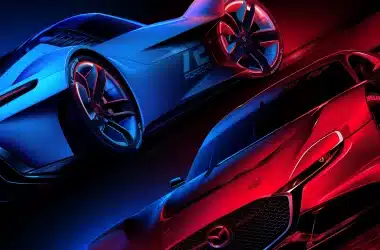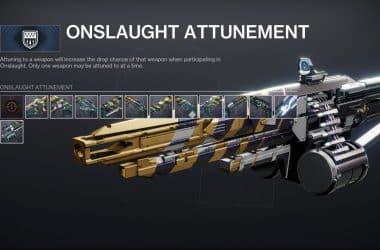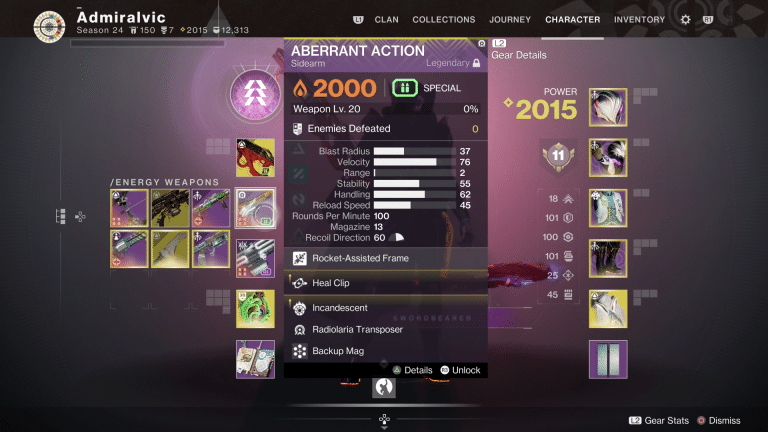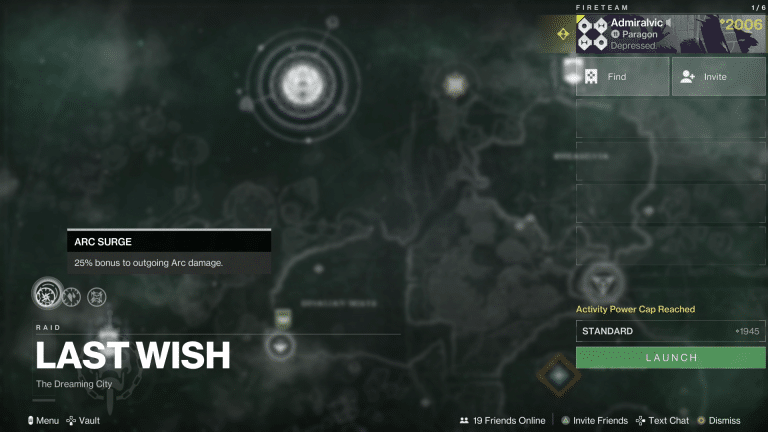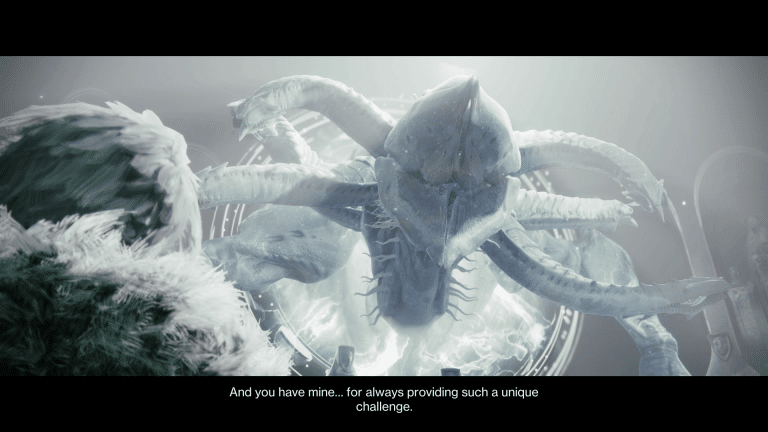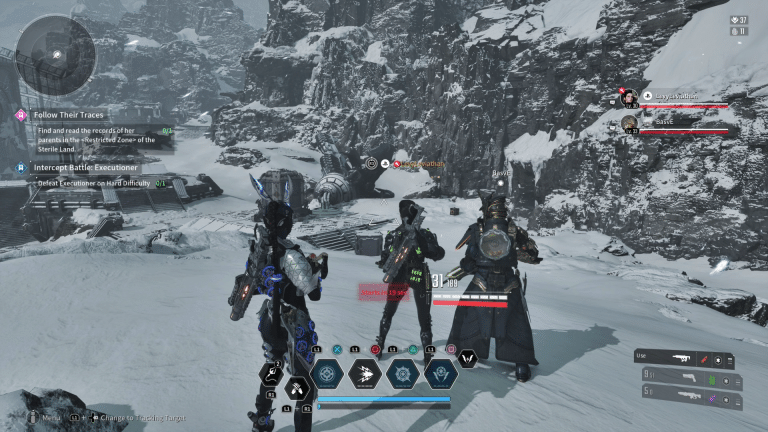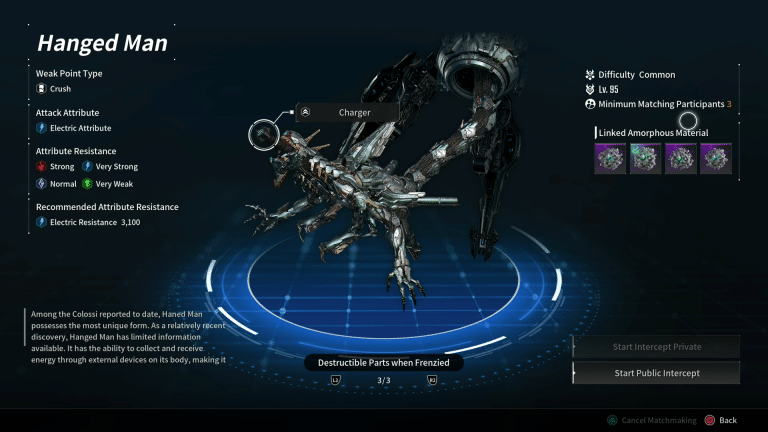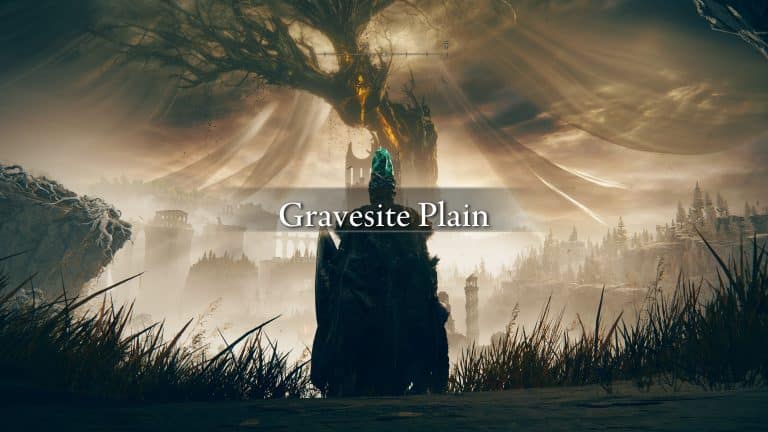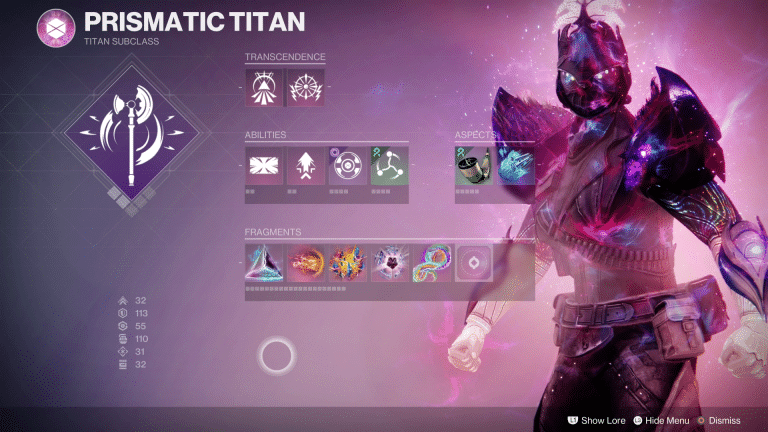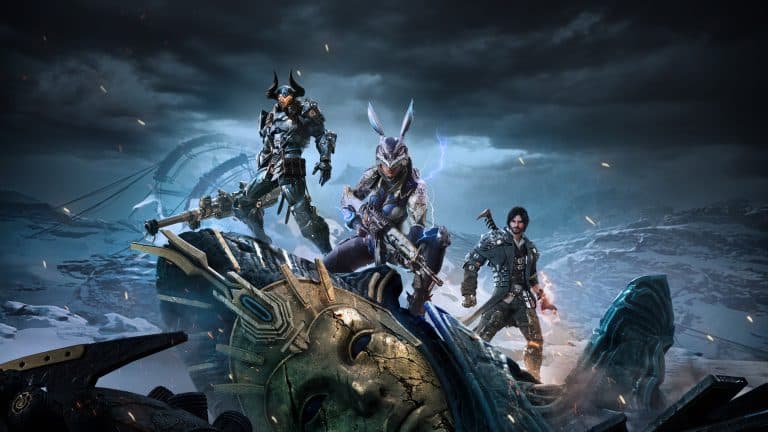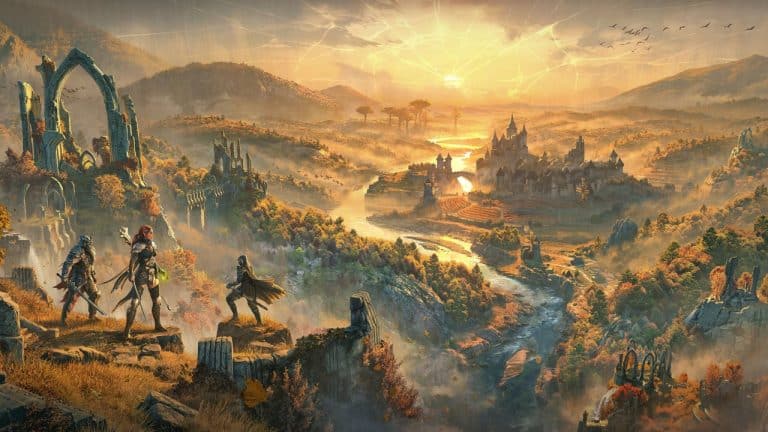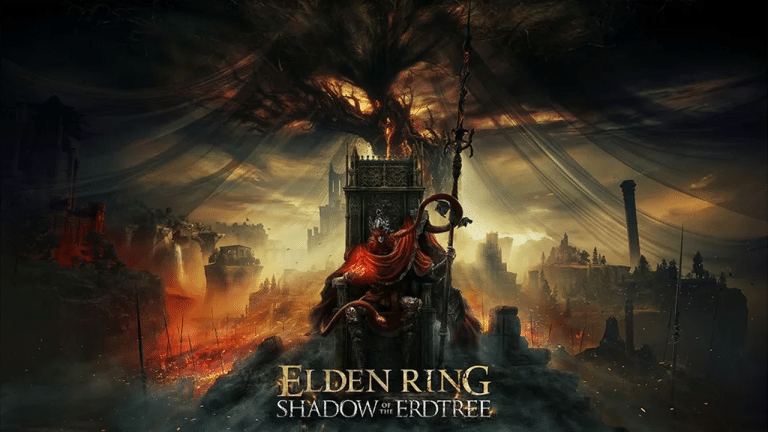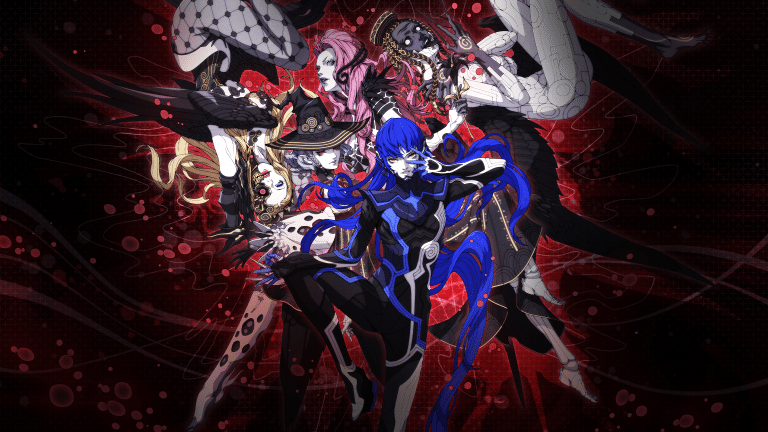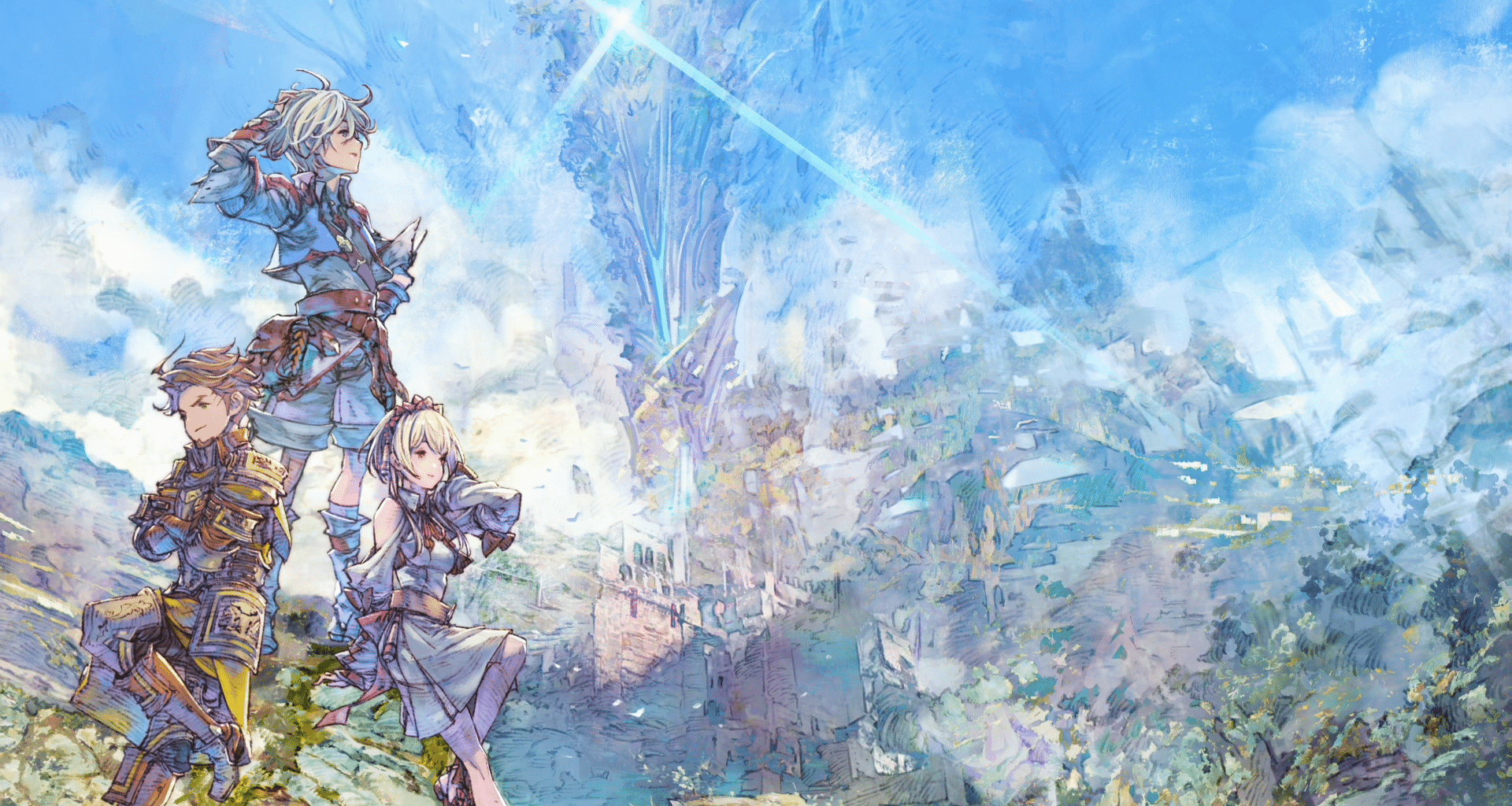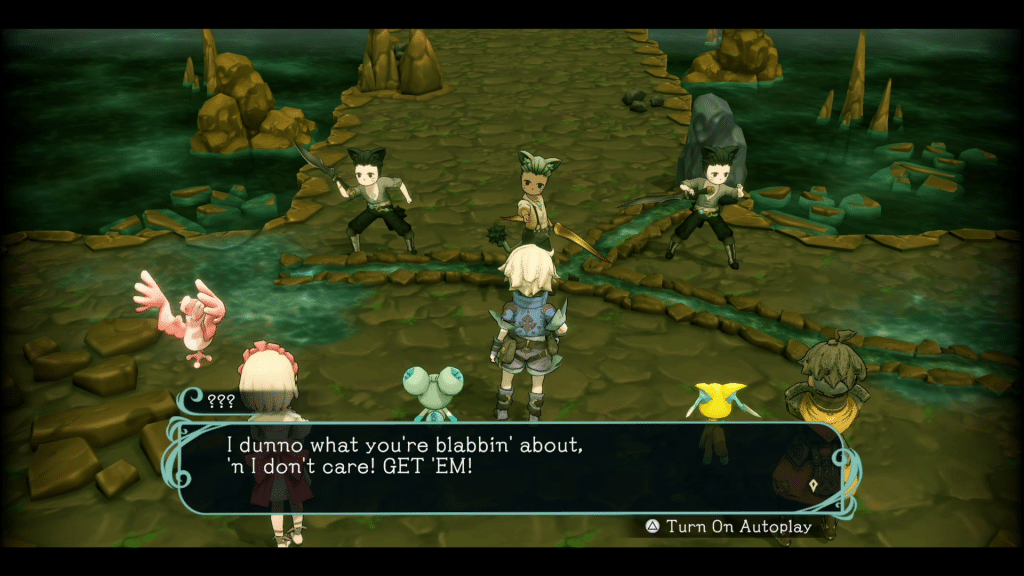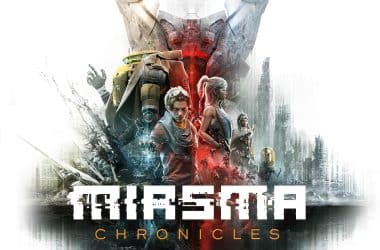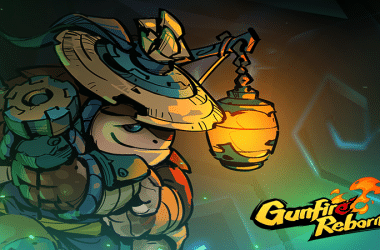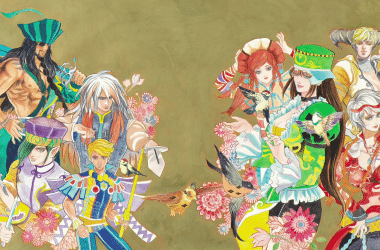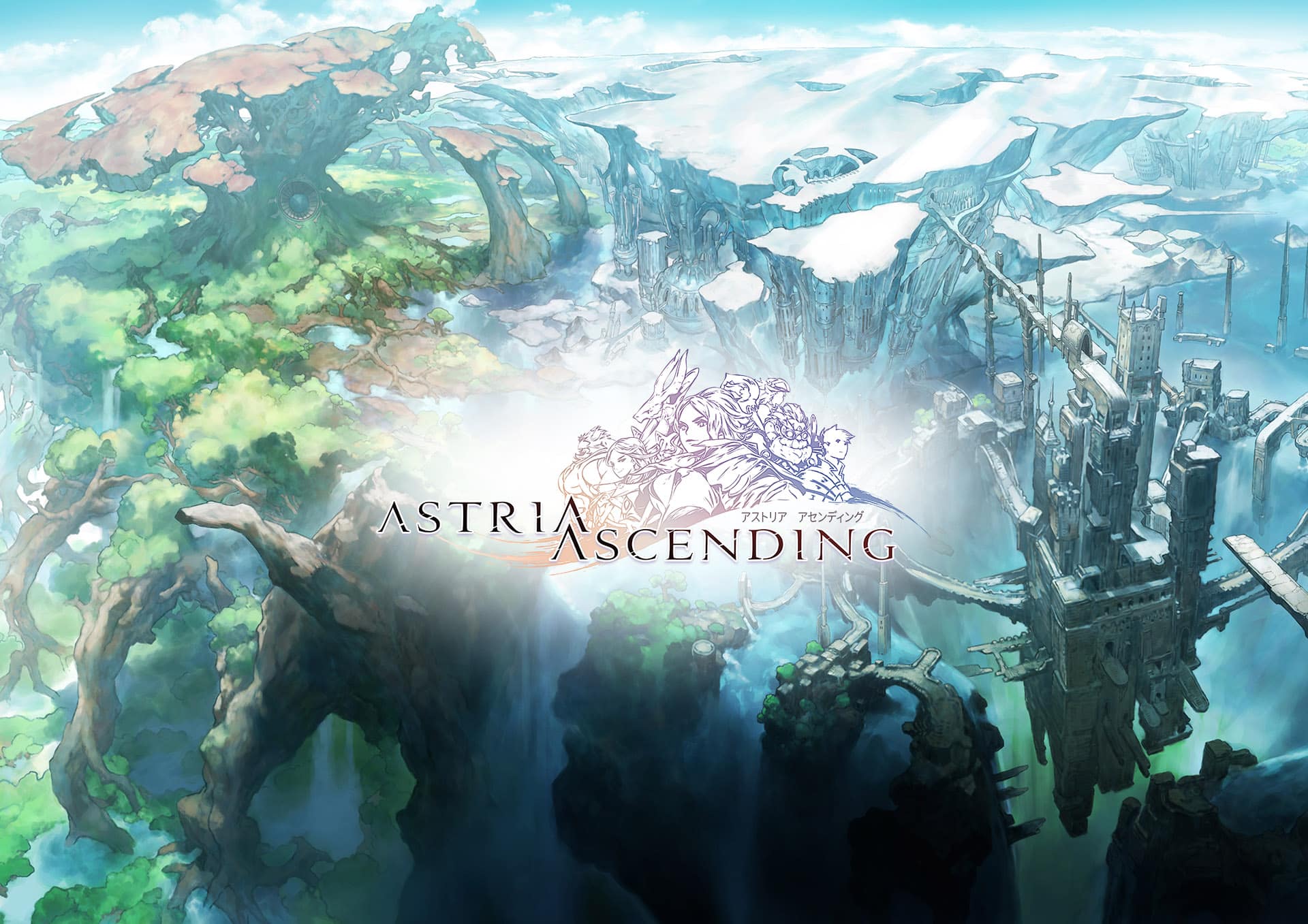When it comes to RPG certain elements stand out more than others. Players can look at most Nippon Ichi Software titles and immediately see who was attached, or recognize Final Fantasy artwork from design alone. While Trinity Trigger doesn’t have any immediate responses, it features talented people from titles like Chrono Cross, Trials of Mana, and Pokemon. With a strong history, and a good understanding of the genre, is it a must for fans, or is it another Balan Wonderworld?
Trinity Trigger starts with an interesting idea. In this world there is a fated battle between the god of order, and god of chaos. These gods select as an envoy, who gains a unique symbol on their eye, who needs to seek out the other and fight to the death.

While the initial premise is pretty generic, Trinity Trigger tries to make it a little more interesting. One detail I enjoyed is both sides have merit. Order is too imposing, and chaos comes with some extreme negatives. This makes the fight a little deeper than good versus evil, especially since a substantial portion of the plot is related to assassins trying to prevent a winner from being decided in the first place.
Even though there is a lot going on, it isn’t a particularly compelling adventure. Plot points come slow, a lot of the details are predictable, and many of the characters get lost in their respective roles. Like, I don’t mind silly banter, but being a drunk isn’t much of a personality.
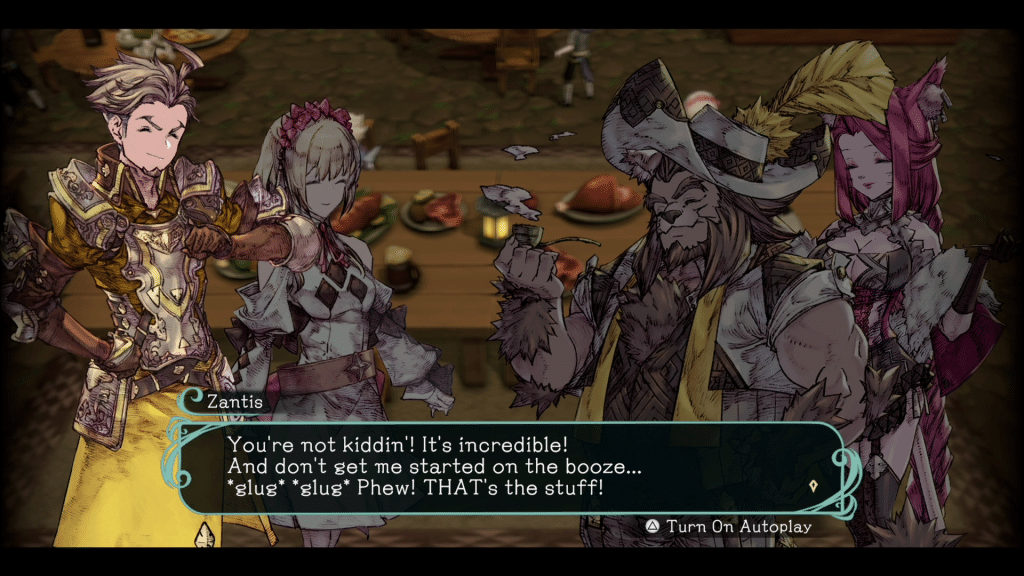
Despite having a nuanced narrative, Trinity Trigger never feels like it’s sure what type of adventure it wants to be. The gameplay loop is interesting, it just doesn’t work particularly well. Instead of having weapons, you gain creatures known as triggers that can transform into specific weapons. These are unlocked through dungeons/plot progression, with early game forcing specific characters to focus on one or more weapons.
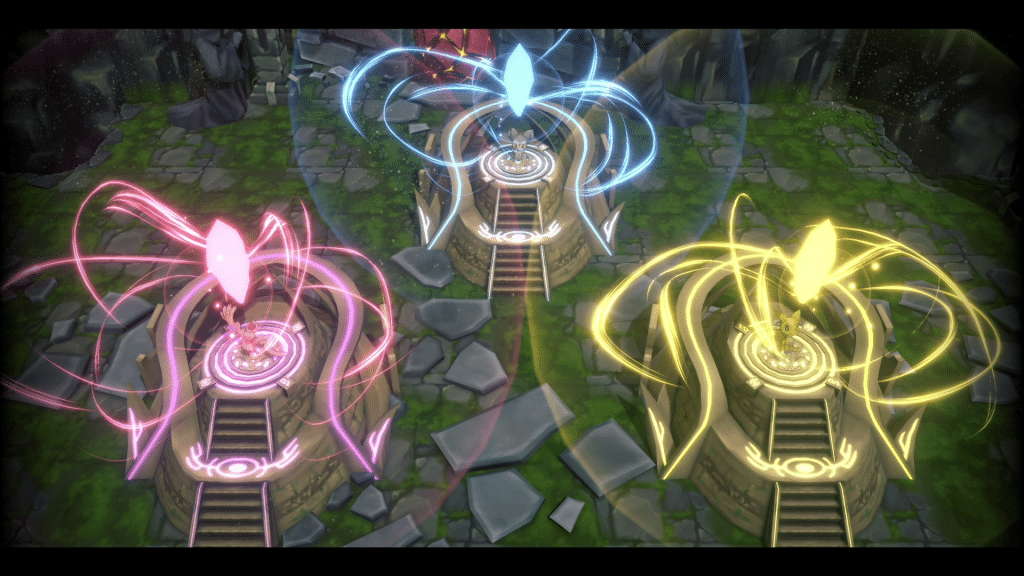
Weapons for All
What makes this underwhelming is how the controls work. Since all three characters fight at the same time, you’ll need to swap between them, change their weapons based off the enemy in question, and kind of balance things out. This isn’t overly important for generic mobs, though bosses will push you to try harder.
In addition to being rather tedious, it isn’t really deep. Every weapon has six attacks, of which you can use three at the same time that determines your power. There are also different builds/equipment for each weapon that you’ll switch between. In practice, fights are spamming attack until something dies, or you need to dodge. It’s extremely simple, with most damage coming from clunky systems than mistakes.
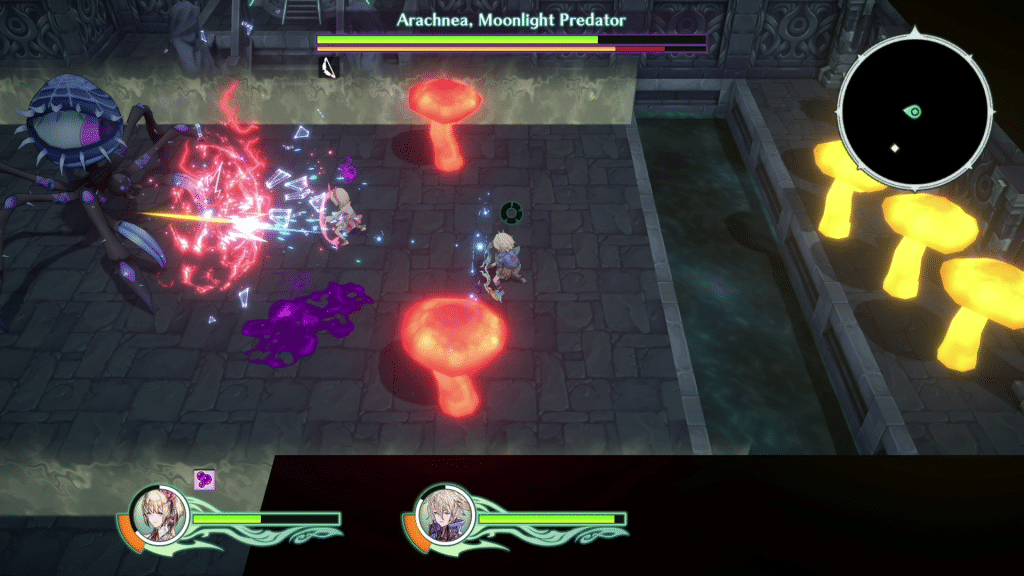
There is Nowhere to Go
Bosses are a much bigger offender of this as they double down on all the negatives. Instead of actually damaging a boss you need to break its defenses first. This is done by using predetermined weapons that deal more damage, and dodging their painfully obvious attacks. When its shields are broken, damage can be maximized by alternating between characters and performing a bigger attack. This will last about long enough to switch between all three, plus a couple extra hits, before the cycle continues. Most damage will come from being greedy, misunderstanding mechanics, or the tiny arena working against you.
Not only is this rather rough, the other stuff isn’t presented well either. Most areas have hidden content, like an extremely powerful boss that will one hit your team if you’re there too early, to treasure hidden behind esoteric elements. Once you get a feel for the tricks finding all the secrets isn’t too bad, it’s story objectives that get frustrating.
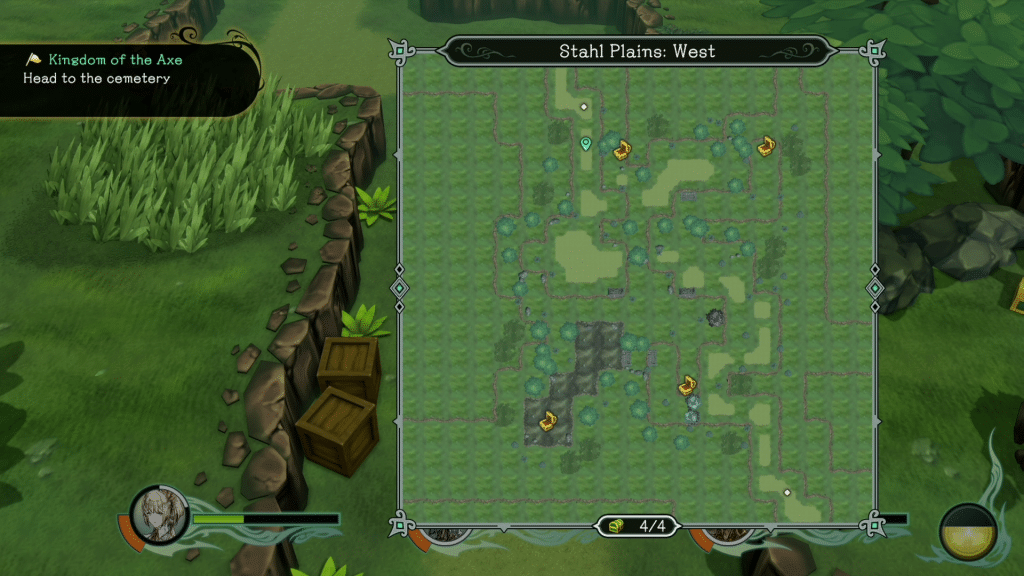
Instead of having a dedicated waypoint system, there is a weird cross between waypoints, and external clues. Basically, you’ll need to talk to people, read signs, and pay attention to know where to go. When you eventually find it there will be a waypoint to indicate this is the final location. If this sounds confusing, it’s because the system is really confusing.
A good example of what I mean happens in one of the major towns. You’re told to meet someone in the training grounds before they go away. There is no sign that points to it, no location marked on any of them maps, forcing you to either use context clues, or guess until you find it. Eventually you should end up in the castle where the room is immediately marked. While I have nothing against this system per se, Trinity Trigger would benefit from going all in one either concept, or more ideally do waypoints with the ability to disable.
3D versus Drawing
Graphics are also in a really weird place. Nothing 3D in Trinity Trigger looks particularly amazing. Models are very simple, often lack most details, to even looking painfully dated. When they talk you’re shown lovely illustrations that you can only vaguely see from their models. All of this really takes away from the experience, especially since characters tend to look pretty goofy in their 3D form.
Trinity Trigger Review Verdict
Trinity Trigger: Overall, Trinity Trigger has some interesting ideas that don't really pan out. Gameplay starts as a fun action RPG before evolving into a convoluted system where various encounters require swapping between various weapons/characters. Narrative also has some interesting elements, they are just lost in a rather predictable loop that overstays its welcome. For these reasons, there is still some charm if you love the genre, but otherwise I'd hold off for a bit. – Grant
[Editor’s Note: Trinity Trigger was reviewed on PlayStation 5, and a copy was provided to us for review purposes.]


